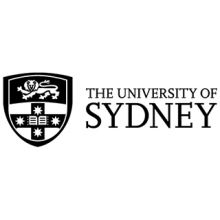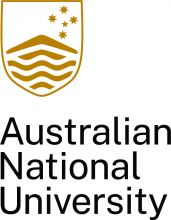This year’s record surpluses are not proof of Australian universities’ self-sufficiency – rather, they underscore the need for more stable federal government funding, a union leader has argued.
National Tertiary Education Union (NTEU) official Damien Cahill says the astonishing financial results demonstrated the sector’s addiction to volatile income sources that encourage a dependence on casual labour and an instinct to jettison staff, courses and campuses when revenue is threatened.
He says funding settings have fuelled a boom-bust mentality where university administrators “restructured aggressively” when international education income appeared jeopardised.
“The latest university surpluses actually highlight rather than diminish the case for more public funding, and indeed for broader reform of university governance and finances,” Dr Cahill, the NTEU’s New South Wales state secretary, writes in The Conversation.
With the annual accounts of 28 of Australia’s 37 publicly funded comprehensive universities now available, 2021 has proven an extraordinarily profitable year. Just two of the 28 institutions registered deficits, down from 11 in 2020, with all but one improving its bottom line.
The 28 institutions registered combined surpluses of almost A$3.9 billion (£2.2 billion), up from about A$300 million in 2020.
Their performance improved mainly on the back of investment earnings of some A$2.3 billion, up from about A$630 million the previous year. Universities benefited not only from buoyant investment markets, which were recovering from their 2020 drubbing, but also from a restructure of IDP Education which netted institutional shareholders tens of millions of dollars each.
The sector also benefited from increased federal government funding, with all but one of the 28 institutions increasing their earnings from Canberra – largely thanks to a one-off allocation of A$1 billion in research funding.
Meanwhile, international education losses proved far less severe than expected, with three institutions managing to increase their earnings from this source – notably the University of Sydney, where revenue from foreign students skyrocketed by nearly A$250 million to over A$1.35 billion.
But fears of a catastrophic loss of international tuition fee income drove frenetic cost-cutting throughout 2021. All but six institutions reduced their expenditure on employees, collectively reducing their staffing bills by over A$800 million or 6 per cent.
Dr Cahill said the government’s funding settings, which failed to cover the full cost of university activities – particularly research – obliged institutional administrators to pursue market-based revenue sources. “And then, because university governance structures are so corporatised, they employ corporate strategies of shifting the risk downwards to staff.
“It incentivises this rolling restructuring. The solution is to increase funding to more closely match the costs of university education, and to stabilise that funding.”
Australian National University policy analyst Andrew Norton said more stable government funding was unlikely to end universities’ “boom and bust” behaviour. “The reality is they’re not going to give up these volatile sources just because they get more money from the commonwealth,” he said.
“Their ambitions are on such a scale that no matter how much money the commonwealth gave them, they would still pursue every other dollar they could find.”
Dr Cahill said the boom-bust patterns could be moderated by governance changes and funding settings that encouraged secure employment. “It’s not just about increasing funding, although that’s essential. It’s about ensuring that funding is used in a particular way.”
Register to continue
Why register?
- Registration is free and only takes a moment
- Once registered, you can read 3 articles a month
- Sign up for our newsletter
Subscribe
Or subscribe for unlimited access to:
- Unlimited access to news, views, insights & reviews
- Digital editions
- Digital access to THE’s university and college rankings analysis
Already registered or a current subscriber? Login












